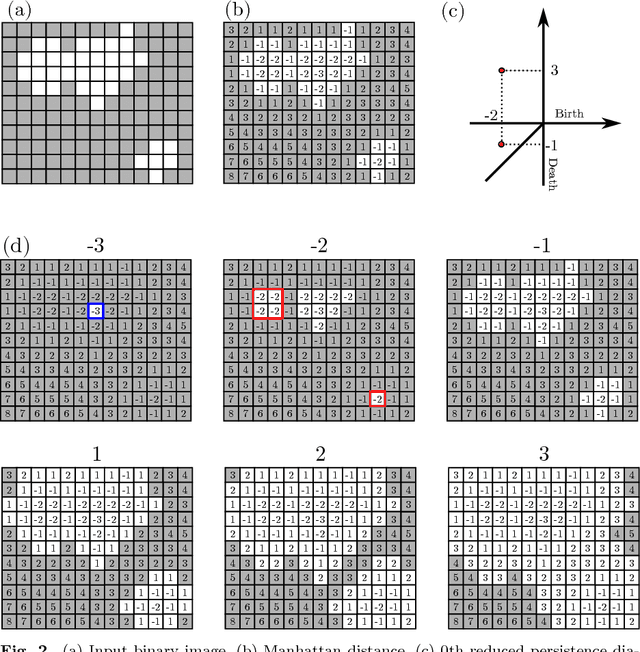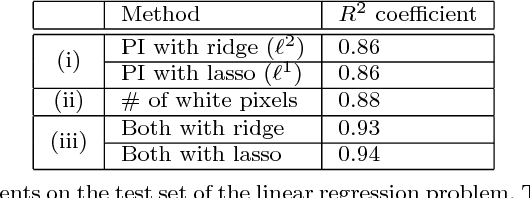Ippei Obayashi
Persistent homology-based descriptor for machine-learning potential
Jun 28, 2022



Abstract:Constructing efficient descriptors that represent atomic configurations is crucial for developing a superior machine-learning potential. Widely used conventional descriptors are based on two- or three-body correlations of atomic distribution. Recently, several limitations of these many-body descriptors in classifying different configurations were revealed, which have detrimental effects on the prediction of physical properties. We proposed a new class of descriptors based on persistent homology. We focused on the two-dimensional visualization of persistent homology, that is, a persistence diagram, as a descriptor of atomic configurations in the form of an image. We demonstrated that convolutional neural network models based on this descriptor provide sufficient accuracy in predicting the mean energies per atom of amorphous graphene and amorphous carbon. Our results provide an avenue for improving machine-learning potential using descriptors that depict both topological and geometric information.
Persistence Diagrams with Linear Machine Learning Models
Jul 06, 2017



Abstract:Persistence diagrams have been widely recognized as a compact descriptor for characterizing multiscale topological features in data. When many datasets are available, statistical features embedded in those persistence diagrams can be extracted by applying machine learnings. In particular, the ability for explicitly analyzing the inverse in the original data space from those statistical features of persistence diagrams is significantly important for practical applications. In this paper, we propose a unified method for the inverse analysis by combining linear machine learning models with persistence images. The method is applied to point clouds and cubical sets, showing the ability of the statistical inverse analysis and its advantages.
 Add to Chrome
Add to Chrome Add to Firefox
Add to Firefox Add to Edge
Add to Edge